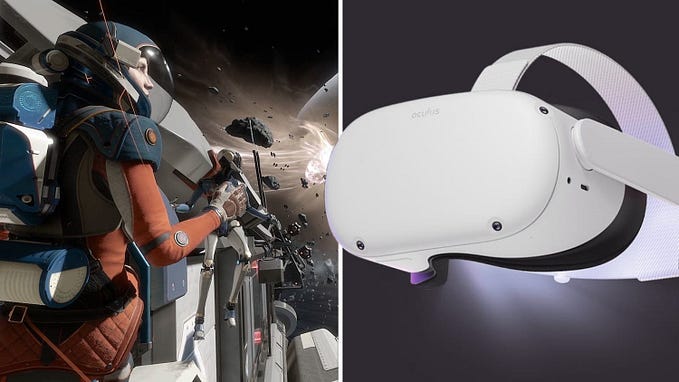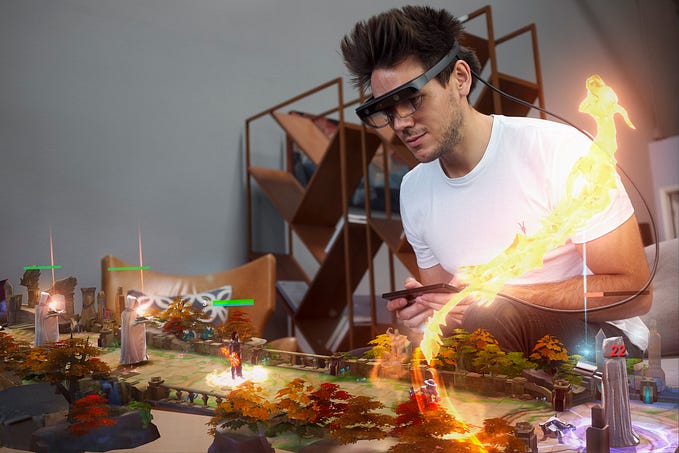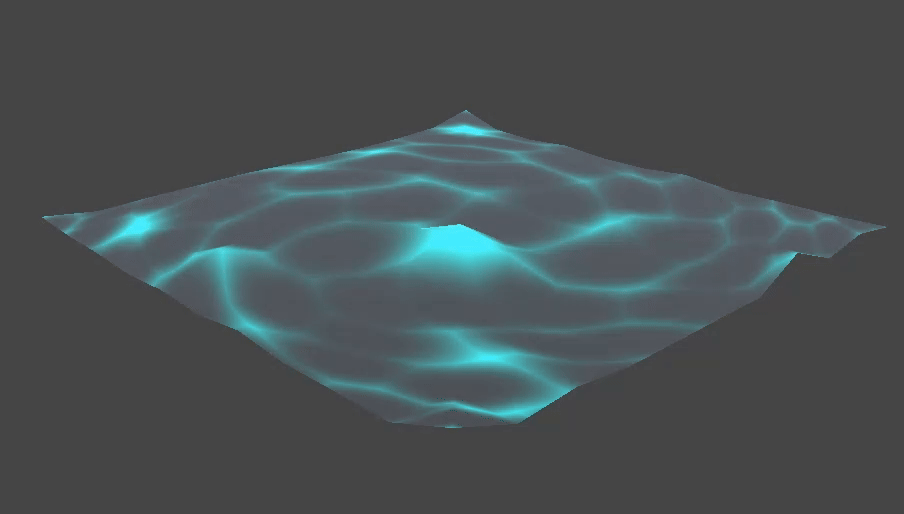What’s Behind Google’s Latest AR Mapping Moves?

Google I/O this year had a handful of AR-related updates and teasers, including a head-worn flavor of Google’s AI-based personal assistant, Astra. It aligns well with the new standard in AI-driven smartglasses, such as Ray-Ban Meta Smartglasses. This is the new face of AR.
Beyond Astra, a less-discussed development involved Google Maps. It will begin to let users activate immersive animations at specific locations to offer deeper context or history of a given place. The idea is to engage in deeper ways with Google Maps after you get to your destination.
One of the first available experiences is the Eiffel Tower, which offers AR animations to simulate its construction and early designs. Another experience, in collaboration with the Tourism Board of Singapore, makes local attractions come to life with animated colors & vegetation.
From a user perspective, these experiences will be displayed by an icon in the 2D map. So if there is an immersive animation available at a given location, Google will let you know it’s there. Tapping on the icon then launches a guided experience to hold up your phone and get immersed.
Incubating AR
Beyond what Google announced, what are the strategic implications? First, this move is on-brand for Google in indexing the world’s information and knowledge — in this case doing so visually and in geographically-anchored ways. This traces back to Google’s core motivations with AR.
To that end, its latest geo-relevant AR efforts will start with landmarks, but expand to everyday places. That last part is where this technology migrates from toy to tool. For example, rather than a novelty to learn about landmarks, it could help you navigate a new city and find something to eat.
Speaking of which, Google Maps is the right place to incubate geospatial AR. Though the latter has tremendous potential, the truth is that it has been slow to gain consumer traction. Consumer habits are hard to break, including the 2D ways we currently use search and mapping.
So by incubating the technology within the well-traveled Google Maps — versus new features that stand on their own — it could give users the nudge they need to give it a try. Google has done the same with emerging tools like Google Lens, planting it next to the pervasive search bar.
Street Smart
All the above is just the latest in Google’s trajectory in AR mapping. As noted, it’s been working for a while on AR navigation, given Live View. In fact, the latest place-based AR updates build from the underlying tech in Live View, and other elements of Google’s knowledge graph.
These place-based AR activations also stem from Google’s Geospatial API. Utilizing all the visual and positional data in Street View, this API lets developers build immersive experiences like those teased above. And the latest update makes them now discoverable directly in Google Maps.
As further background, all the above works because Google taps into geospatial data that it’s been building for years. This includes Street View data and Google Business Profiles. The former lets devices “localize” by matching what the camera sees with Street View imagery.
With this underlying data set, Google decided that the technology deserves more play than its own apps and features, like Live View. So the Geospatial API was born. This crowdsources innovation to developers, who now get more exposure through the well-traveled Google Maps.
Originally published at https://arinsider.co on June 4, 2024.










